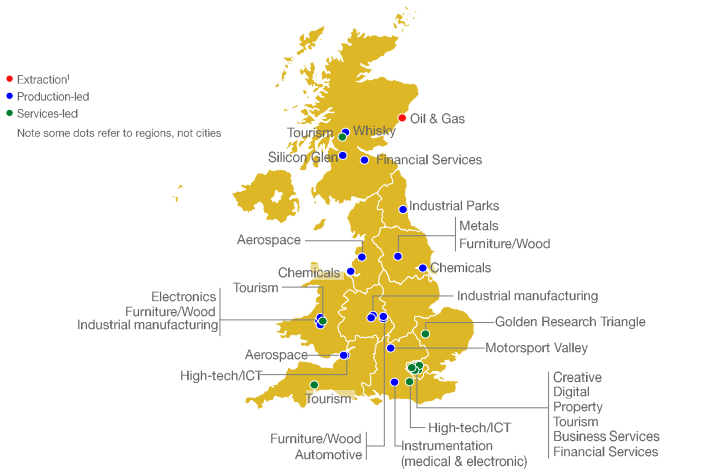1) China
Krugman's theory of agglomeration economies can be identified via the example of Qiaotou. This region in China produces 60% of the worlds buttons. The importance of agglomeration here can be identified by a company called Mailifa who produce 3 million buttons a day. The reason why agglomeration is so important is due to the learning by doing model first used by Kenneth Arrow and then further used by Paul Romer. Once the Chinese in Qiaotou learn how to produce buttons, clusters nearby also learn the trade and the learning here exacerbates in the region.
2) East African Community
The East African community regional agglomeration can be highlighted by contrasting its vibrant picture today to the days it collapsed under Ugandan Dictator Idi Amin. Under Amin's regime in 1977, the EAC collapsed due to Kenya demanding more seats than Uganda and Tanzania and Amin demanding that Tanzania should not harbour forces fighting to topple the government of another state. It was known that the three states lost 60 years of economies of scale.
Today. the Kenya, Tanzania and Uganda have a GDP per capita of $3,494, $3,262 and $2,150 respectively. This is much larget than the African average of $315.
3) Comparative Advantage
When regions agglomerate such as the Lancashire textile industry, the overall unit cost reduces. There are many advantages of agglomeration such as low transport costs, great local market, large supply and pools of labour and knowledge spillover. Once these features magnify, the unit cost reduces further meaning other companies who are not near the region will not be able to compete.
Another factor is associated with natural monopolies and first mover advantage. When the initial sunk cost is so high with such a large expenditure spend i.e. the Whisky industry in Scotland, it then becomes very difficult for other firms in other regions to compete. This is accentuated with first mover advantage as the first mover region gains most the market share deterring secondary and tertiary regions from entering.
Krugman's theory of agglomeration economies can be identified via the example of Qiaotou. This region in China produces 60% of the worlds buttons. The importance of agglomeration here can be identified by a company called Mailifa who produce 3 million buttons a day. The reason why agglomeration is so important is due to the learning by doing model first used by Kenneth Arrow and then further used by Paul Romer. Once the Chinese in Qiaotou learn how to produce buttons, clusters nearby also learn the trade and the learning here exacerbates in the region.
 |
| A button store in Qiaotou |
2) East African Community
The East African community regional agglomeration can be highlighted by contrasting its vibrant picture today to the days it collapsed under Ugandan Dictator Idi Amin. Under Amin's regime in 1977, the EAC collapsed due to Kenya demanding more seats than Uganda and Tanzania and Amin demanding that Tanzania should not harbour forces fighting to topple the government of another state. It was known that the three states lost 60 years of economies of scale.
Today. the Kenya, Tanzania and Uganda have a GDP per capita of $3,494, $3,262 and $2,150 respectively. This is much larget than the African average of $315.
 |
| President Musaveni of Uganda, President Kibaki of Kenya and President Kikwete of Tanzania |
3) Comparative Advantage
When regions agglomerate such as the Lancashire textile industry, the overall unit cost reduces. There are many advantages of agglomeration such as low transport costs, great local market, large supply and pools of labour and knowledge spillover. Once these features magnify, the unit cost reduces further meaning other companies who are not near the region will not be able to compete.
Another factor is associated with natural monopolies and first mover advantage. When the initial sunk cost is so high with such a large expenditure spend i.e. the Whisky industry in Scotland, it then becomes very difficult for other firms in other regions to compete. This is accentuated with first mover advantage as the first mover region gains most the market share deterring secondary and tertiary regions from entering.
 |
| Map highlighting UK agglomeration |
Comments
Post a Comment